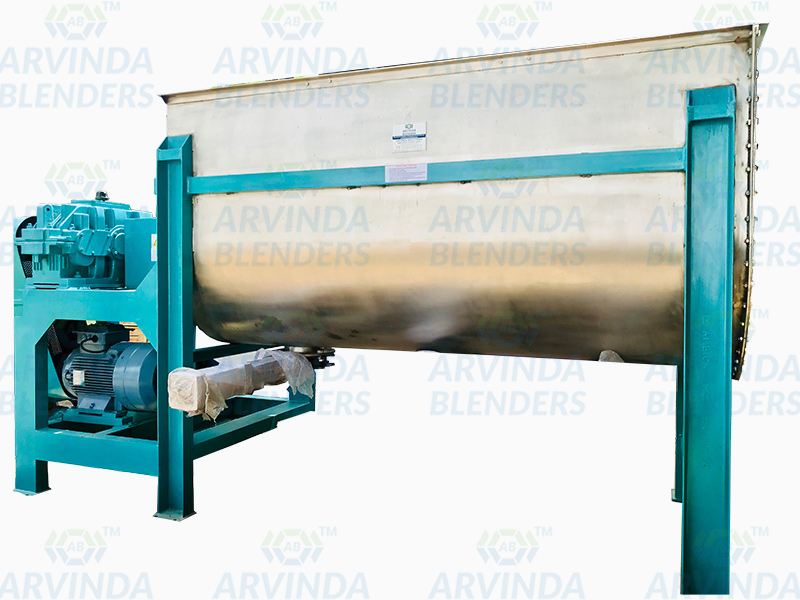The Ribbon Blender is a versatile and widely used type of industrial mixer that employs a specific working principle to blend dry powders, granules, and other solid materials uniformly. Understanding its working principle involves looking at its components and the dynamics of mixing within the equipment.
Components of a Ribbon Blender:
- Horizontal Trough: The main body of the ribbon blender where the mixing process occurs. It is typically cylindrical in shape and has a cover to prevent material spillage.
- Inner and Outer Helical Ribbons: These are the key mixing elements of the ribbon blender. The inner ribbon is usually positioned closer to the trough's bottom, while the outer ribbon is located closer to the trough's walls. Both ribbons have a helical shape, resembling a double spiral.
- Motor and Gearbox: The motor provides the power to rotate the ribbons, while the gearbox ensures the appropriate speed and torque for efficient mixing.

